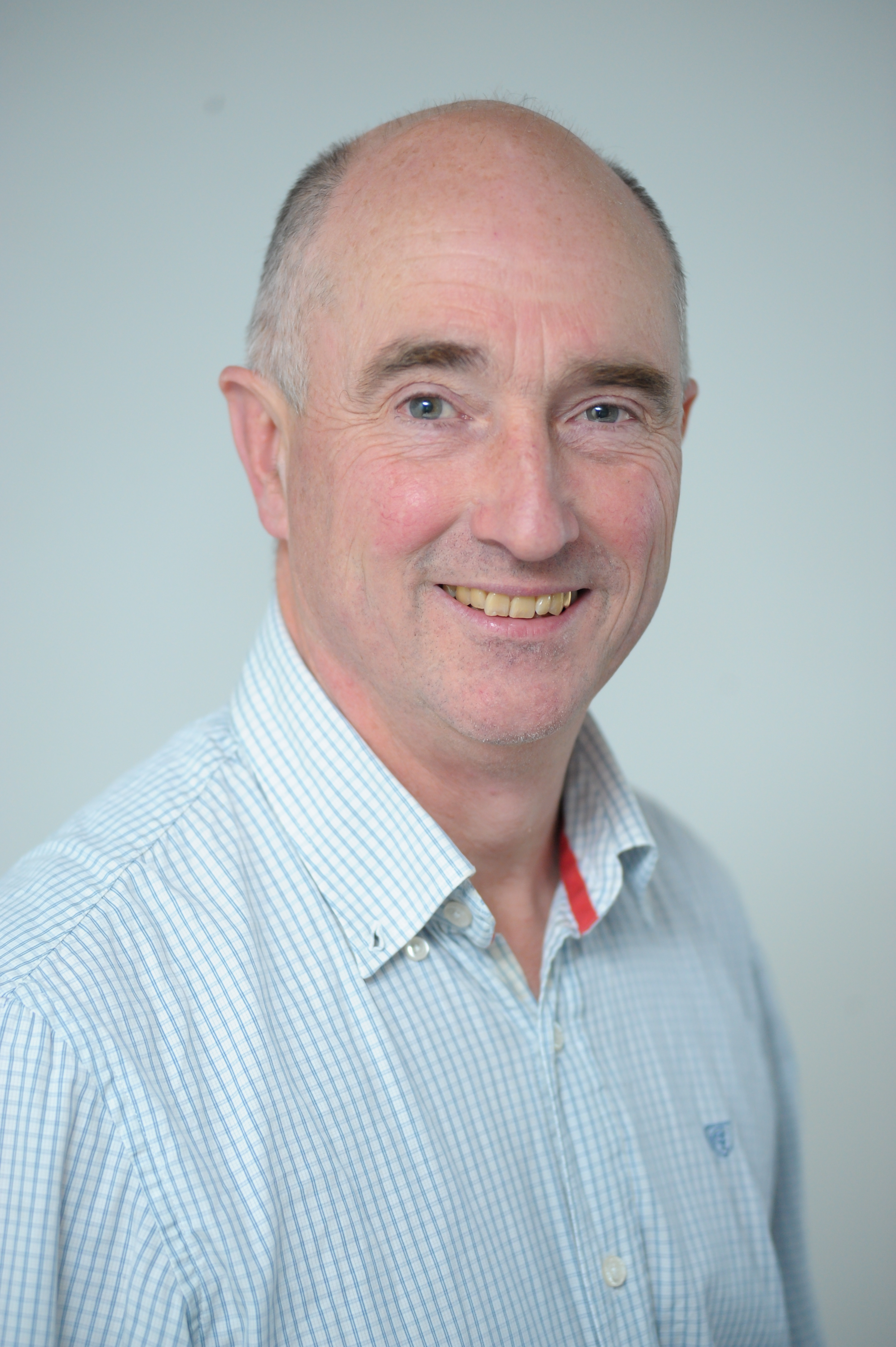Professor Richard Napier

Professor & Deputy Head of School (Operations)
Email: Richard.Napier@warwick.ac.uk
Phone: 024 765 75094
Office: B139
Napier webpage
Research Clusters
Plant & Agricultural Biosciences
Warwick Centres and GRPs
Vacancies and Opportunities
For PhD and postdoctoral opportunities, and interest in potential collaborations, please contact me at the above email address.
Research Interests
Our primary interest is in how the plant hormone auxin works because its actions are the foundations for most of the green plant world. As biochemists, we are fascinated by how specificity is conferred for auxin. Millions of similar, but different small organic molecules cause no reaction at all, whilst the natural hormone molecule (known as indole-3-acetic acid, IAA) fits into its binding pocket perfectly.
We purify members of the auxin receptor family of proteins in the lab and use these in experiments to measure binding using advanced instruments like Biacore SPR (surface plasmon resonance). We are interested in how and why different members of the receptor family show preferences for different auxin mimics and this is important in agriculture because synthetic auxins are vitally important selective herbicides.
The Napier group also has research interests in next generation plastics and agriculture. Principally, we are interested in nanoparticles and determining whether or not polymers with particular characteristics (size, charge etc) can pass into plants and how we may use this information to design nanoparticles to carry very specific payloads to benefit crop performance, or to design nanoparticles which are specifically excluded from plants.
A second interest is in the development of policies to promote fresh food (Fruit and vegetable) production in the UK. In 2023 we published "Growing British - a strategy paper for promoting fresh produce production in the UK". We are developing a knowledge exchange hub for the edible horticulture sector and helping drive the Warwick Agri-Tech initiative. Warwick Agri-Tech will combine world class facilities at Warwick Manufacturing Group (WMG), Warwick Crop Centre (WCC) and the High Value Manufacturing Catapult to spearhead the much needed acceleration of automation and robotics into horticulture, field crops and forestry.
Research: Technical Summary
My biochemistry work on plant proteins includes receptors and membrane transport proteins, which are expressed using recombinant baculoviruses in insect cell culture. After purification we prepare proteins for structural biology according to need, and we assay for activity with SPR Biacore technology. We also use other biophysical tehniques to assess ligand binding and determine molecular mechanisms, including MST and ITC, and collaborate to use CD and additional biophysical methods as necessary.
Policy work brings together my interest in agriculture with my career experiences of working at applied research institutes as well as at the University of Warwick. Warwick Crop Centre specialises in research to support the edible horticulture sector and our policy work aims to create a primary pont of contact and reference for a fragmented community. We are adopting AI technologies to help provide relevant information, working with local councils on developing a fresh food supply strategy and setting up a policy research unit.
Warwick Agri-Tech brings together the engineering expertise of WMG with the Crop Centre's expertise in applied agriculture to the challenges of developing automotive, robotics and supply chain solutions for companies, with those companies.
Professor, 2005, University of Warwick
